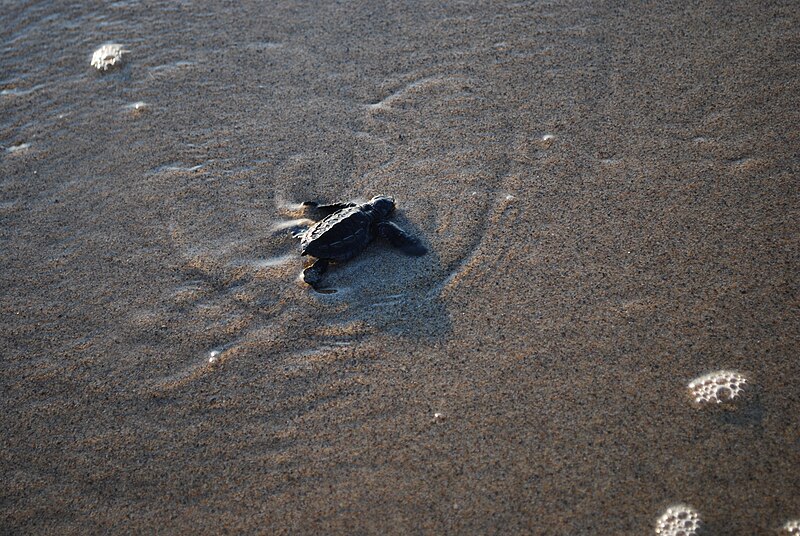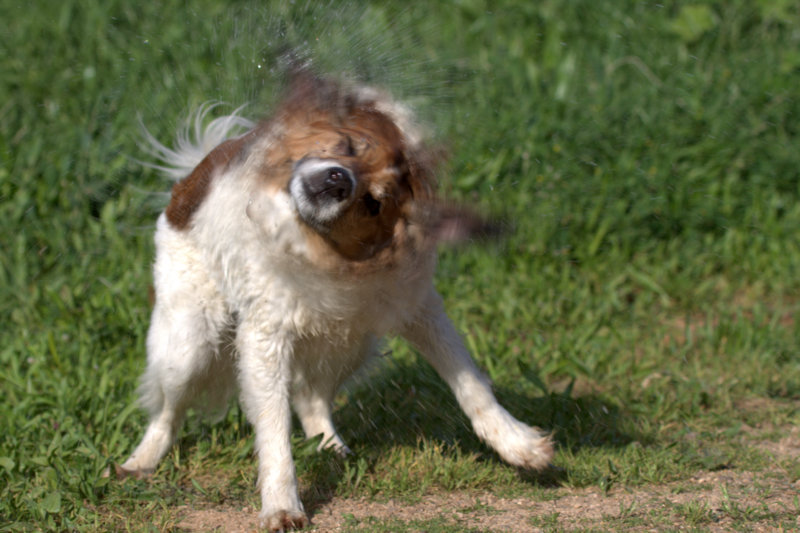Do animals have instincts? Examples from cats, turtles, and cuckoos
 Animals have instincts or not (photo: Wikipedia)
Animals have instincts or not (photo: Wikipedia)
Different species of animals have their own ways of finding their way in life. For example, sea turtles heading for the ocean, and birds migrating thousands of miles. This issue requires careful research and understanding of the nature of instincts.
What are instincts?
“It's really impossible to talk about instincts unless you're also talking about the flip side of the coin, which is acquired or learned [behavior],” says Robert Lickliter, a psychobiologist at Florida International University.
In other words, instincts are behaviors that are influenced by non-obvious factors. For example, scientists have long believed that imprinting - the behavior in which poultry, including turkeys, geese, chickens, and ducks, identify and follow their mothers - is an instinct, an innate, genetically shaped tendency.
But in 1963, psychologist Gilbert Gottlieb discovered that baby ducks pick up their mother's “waves” because they emit their own “vibrations” inside the egg while still in embryonic form, tuning their auditory system for birth.
Gottlieb's experiments with ducklings launched a new understanding of instincts and whether programmed behavior exists at all.
The classic nature vs. nurture debate ignores this nuance. A cat's ability to land on its feet and a monarch butterfly's ability to migrate thousands of miles are what behavioral neuroscientist Mark Blumberg calls innate, or species-specific, behaviors.
“When people say ‘instinct,’ they mean that it's a behavior that is reliably reproduced,” Blumberg said.
Counter-arguments suggest that there are a number of behaviors that are specific to certain species. Another reason is that organisms at birth do not have enough experience to choose a certain behavior.
But experience begins before birth, as in the case of ducklings. Moreover, there are many behaviors that scientists used to think were instincts until science revealed their internal structure.

A newly hatched turtle makes its way to the open ocean (photo: Wikipedia)
Examples of complex behavior in animals
Sea turtles can navigate the oceans thanks to a “magnetic compass” that helps them follow migration routes. This is not a programmed instinct, as it is influenced by the Earth's magnetic field.
A cat wouldn't know how to land on its feet if it was gestated and born in space, which shows that this behavior is not just encoded in genes.
Another interesting example is the cuckoo, a parasitic bird that tricks other species into raising their chicks by placing its own eggs in another bird's nest. How does a bird raised by another species know which species it belongs to and with whom to mate? If the host bird finds out that the parasitic chick does not belong to it, it will attack it.

A wet dog instinctively shakes water off its fur (photo: Wikipedia)
Impact of genes on behavior
Our genes also do not determine behavior in the way that instinct suggests.
“The relationship between genes and behavior is very indirect,” Blumberg said.
This process reflects a bidirectional influence between genes and behavior, where life experiences can modify gene activity through changes in neurons.
Thus, genes do not just control behavior directly but are changed through life experiences, reflecting the two-way influence between them.
Basic behavioral patterns are also studied, Blumberg added. It is for these reasons, Blumberg and Lickliter noted, that the nature-nurture relationship offers a false dichotomy.
Sources: LiveScience, Animal World, Animalia.bio, PBS Nature, and Wikipedia.

